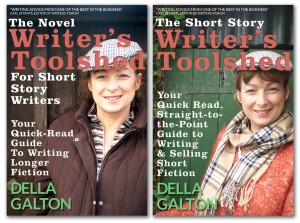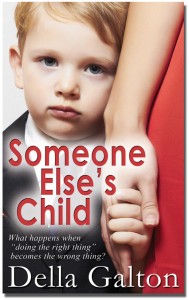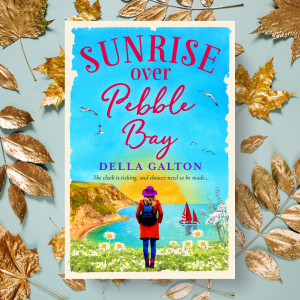Writing The Morning After The Life Before was probably one of the worst commercial decisions of my writing career. I knew when I began it – after discussions with my agent – that this book would not be taken on by a big mainstream publisher. Why? Because they deemed its predecessor, Ice and a Slice, not suitable to be sold in a supermarket. They felt it ‘showed alcohol in a bad light’ and might upset their alcohol advertisers. Who knew that supermarkets had so much control over the publishing industry? Tongue firmly in cheek.
But… and this is a big but… Why do novelists write books? Love? Money? Fame? Well, for me, this one was a no brainer. It’s feedback from my readers. I have been touched beyond words by the number of people who have emailed and messaged me and left reviews on Amazon for Ice and a Slice. Thank you so much if you are among them.
Knowing you have written a book that has changed people’s lives – in a good way – and that has helped them to face their own demons is priceless. Many, many people asked me if I was writing a sequel to Ice and A Slice. In the end I simply couldn’t not write one. I wrote this novel for all of those people. Once again, I have used my own experiences – as well as researching thoroughly the bits I don’t know about. I do NOT – just for the record – know anything about being a dominatrix. Neither have I ever had a cocaine addiction. Or some of the other wackier things that happen in this novel. But I do know what it’s like to be happy without ever drowning my emotions in alcohol. I know a lot about heartbreak and friendship and love.
Heartbreak and friendship and love are some of the themes that run through this novel.
Without giving too much away and spoiling the book for you – The Morning After the Life Before is about how SJ copes – four and a half years on – with sobriety when it seems as though the whole world – even God – is against her.
Will she even cope? Or will she cave in under the pressure?
I must admit I didn’t know the answer to this one when I set out.
And I’m not about to reveal the ending.
But I hope The Morning After the Life Before might be as helpful as Ice and a Slice was for anyone who has taken the step to give up drinking. And I hope it might give you a few laughs along the way. Because we didn’t give up drinking to have a dull and boring life now, did we 🙂
The fabulous cover was designed for me by Peter Jones. Find out more about his book cover designing service here.
He also re-designed the cover for Ice and a Slice. I love them. What do you think?
The Morning After The Life Before comes out on 5 February 2015 and is available for pre-order here. Ice and a Slice with its funky new cover is available here. They are both £1.99, less than the price of a glass of Chardonnay!
Thank you for reading.






 Have you ever wondered what attributes you might need to be a full time writer? Well, here’s a tongue in cheek list of 12 attributes every full time writer needs:
Have you ever wondered what attributes you might need to be a full time writer? Well, here’s a tongue in cheek list of 12 attributes every full time writer needs:






